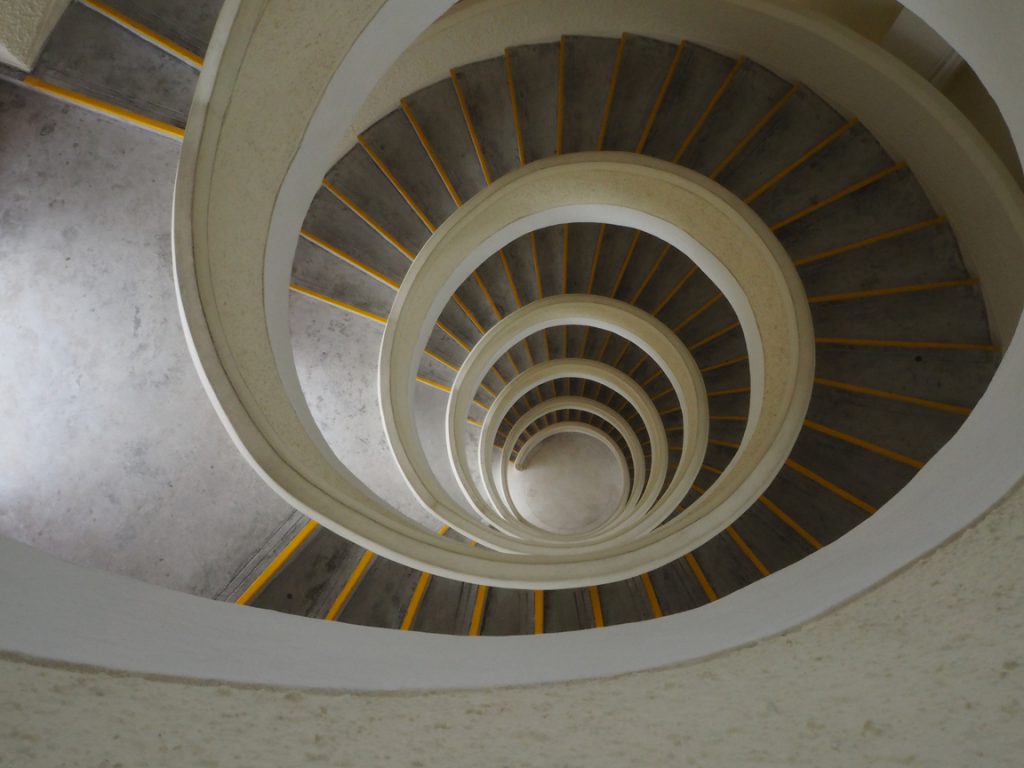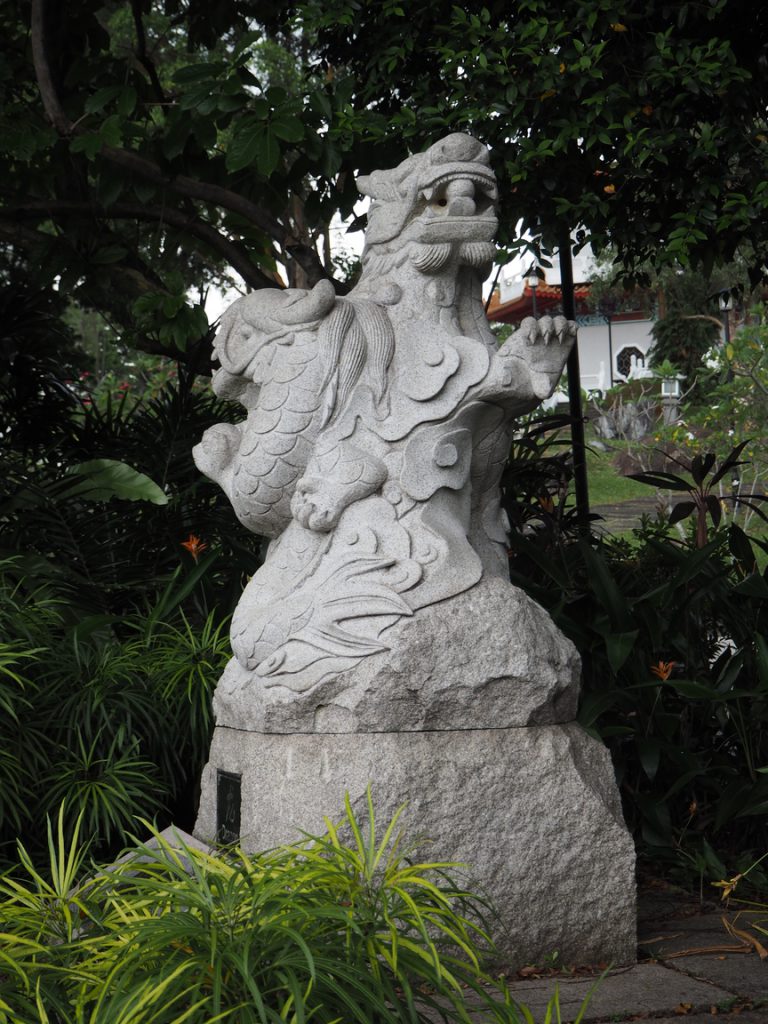So that day I made a trip down to Chinese Garden to do some primary research. I used to go there a lot as a kid during mid-autumn festival where they would have light decorations. I was too young to remember clearly though.
History of Chinese Garden Singapore
Chinese Garden was founded in 1975 by the JTC Corporation. It is designed by Prof. Yuen-chen Yu, an architect from Taiwan meant to showcase traditional Chinese imperial gardening landscaping.
So I went there and visited the different parts of the garden.
Firstly was the Pagoda.
I found the entire architecture really interesting. The geometry and shapes of the windows were extremely beautiful.
Second, the Garden of Abundance.
The garden has statues of the twelve zodiac animals as well as small bridges here and there.
Next was the Stone boat and Tea Garden.
Then the Main House which was next to the main entrance. But I did not enter from that entrance as the MRT was located at the other entrance instead.
The ticketing counter suggests that this was once a profitable attraction that require entry fees.
Then the Bonsai Garden.
During my trip there, the things I found myself drawn to where the geometric patterns of the architecture and the organic patterns of the nature. The two contrast upon one another created an extremely interesting visual language. Especially, how the architecture was built to make full sure of the windows to frame the surrounding nature.
This research I’ve done is primary research in form of site research.
I haven’t exactly confirmed that I would be doing purely on Chinese garden or include a bit of the neighbourhood. So my next steps from here would be to conduct more in depth secondary research online, and maybe more quantitative research data as I observed that Chinese garden no longer attracts crowds as they did in the past.
As for ethnography, the study of culture, since Chinese garden, the garden itself is not really a living area, I think it might be a bit hard for me to colect such data. Therefore, I’m thinking of expanding my research base.
Time to do some more research!
Ethnography: The systematic analysis and study of people and cultures, and the presentation of empirical data of society after usually participant-observation records.
Primary and Secondary Data:
Primary data is collected through first-hands sources like collecting surveys, first-hand observation, interviews, focus groups and case studies. While secondary data are second-hand sources, information collected by others in form of books, internet, newspaper, statistics, just to list a few.
Quantitative and Qualitative Data:
Qualitative data is something that cannot be measured in numbers. Such data are like diary entries, interviews, questionnaires, observations. While Quantitative data is data that can be put into ranking or categories used to construct statistics and graphs.
Infographics:
A form of content marketing and presentation that appeals to the viewer through images. Usually they turn complicated and mundane information into visually captivating and simplified, easy to view information.
An example of an infographic, the most basic form.
Resources:
– https://www.discoveranthropology.org.uk/about-anthropology/fieldwork/ethnography.html
– https://www.reference.com/science/methods-primary-data-collection-86c5f86a12ed1d7
– https://www.reference.com/science/methods-primary-data-collection-86c5f86a12ed1d7
– https://www.customermagnetism.com/infographics/what-is-an-infographic/

































You must be logged in to post a comment.